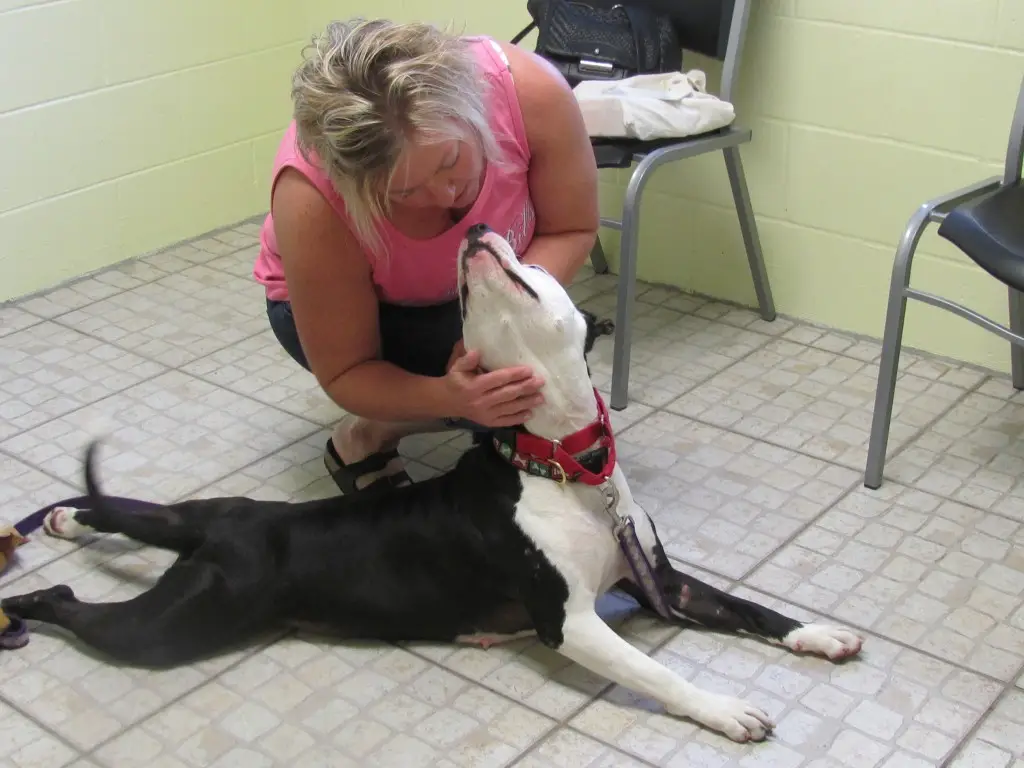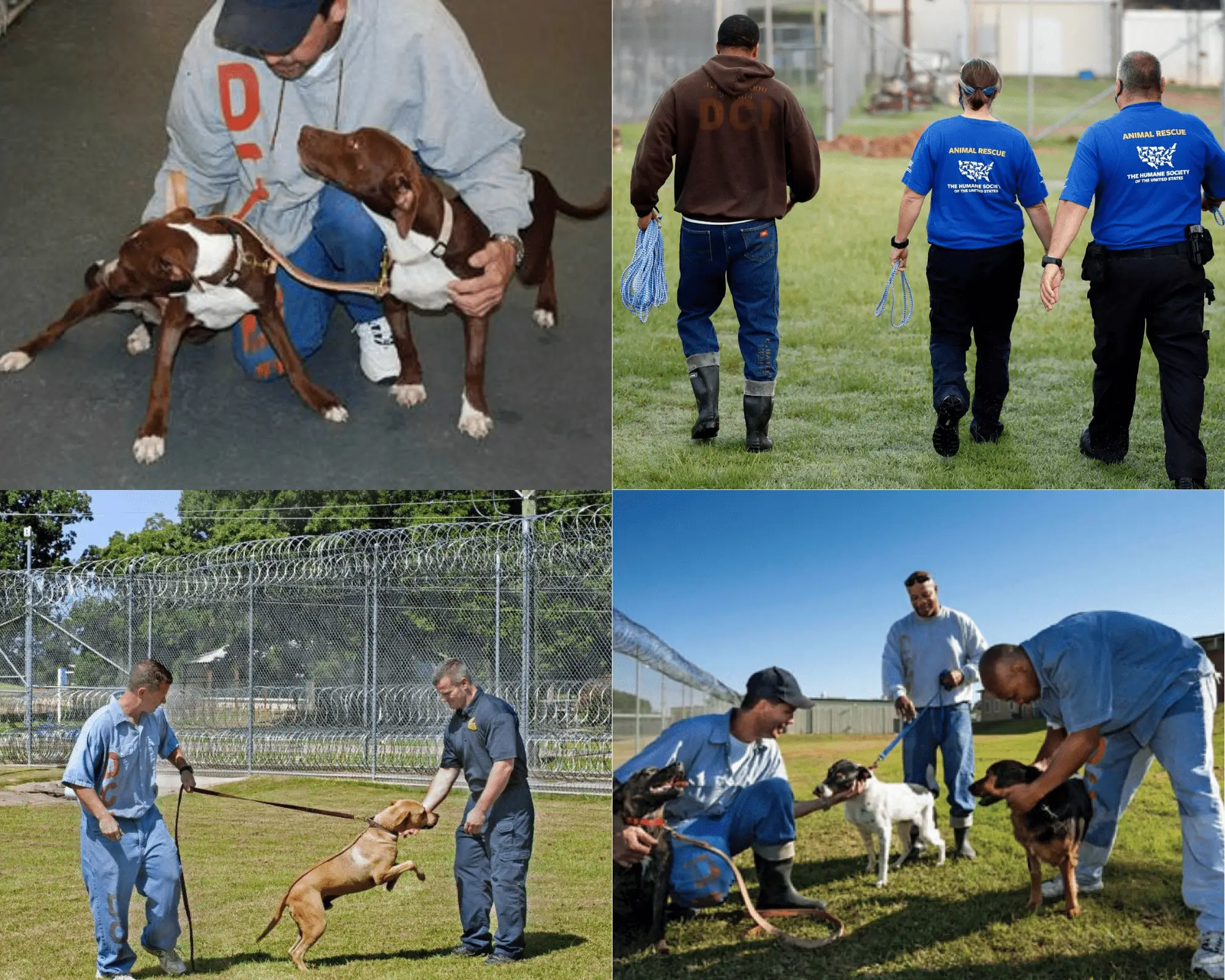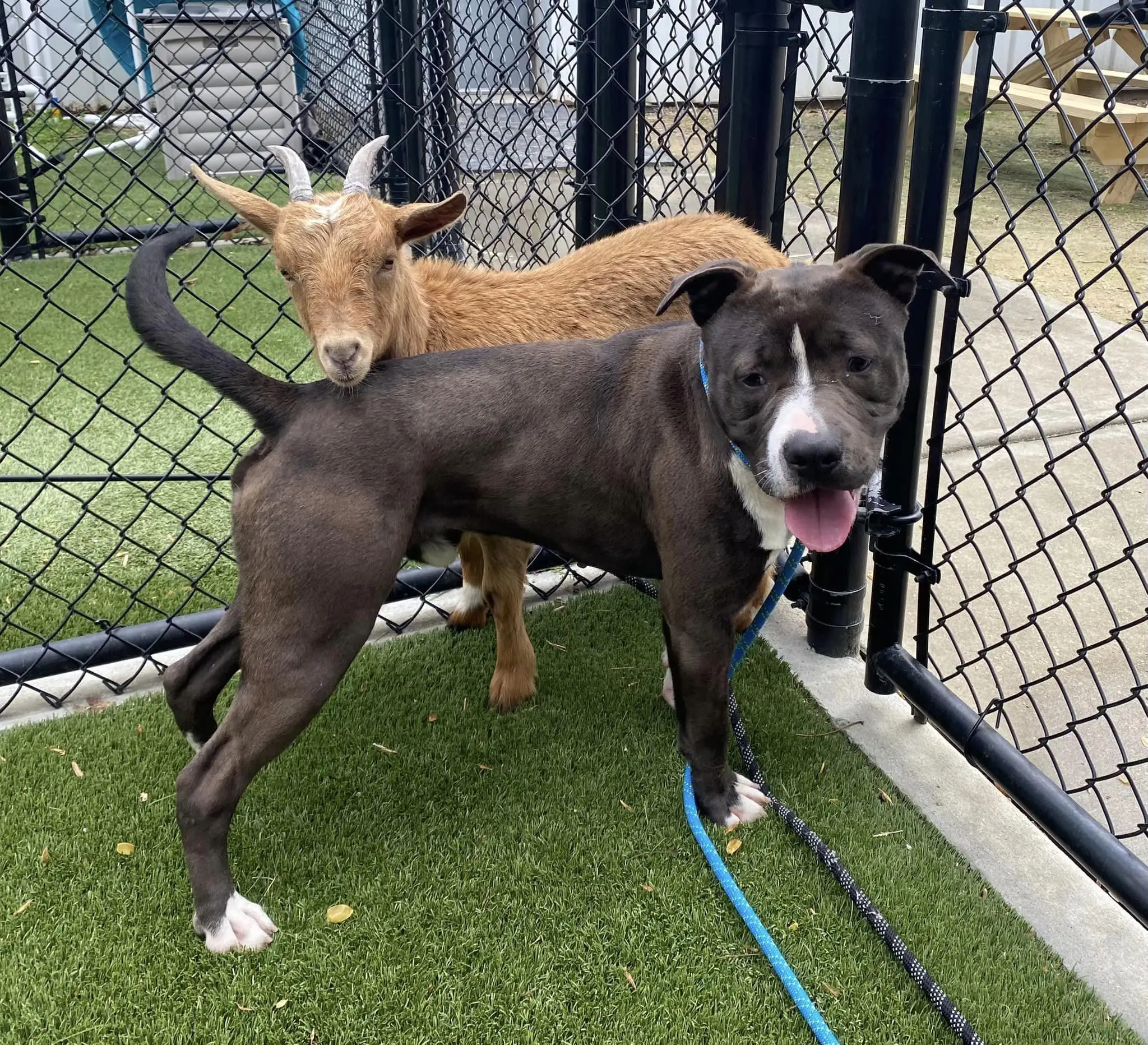Pal Rescue Saving Lives One Furry Friend at a Time

Have you ever found yourself in a situation where a furry friend is in need of rescue? Maybe you stumbled upon a lost dog or cat, or perhaps your own pet has gotten themselves into a dangerous situation. Whatever the case may be, knowing how to safely and effectively conduct a pal rescue can mean the difference between life and death for our beloved pets.
In this blog post, we will delve into the world of pal rescue by discussing various aspects such as rescue training techniques, equipment needed for pal rescue, understanding the risks associated with pal rescue, tips for staying safe during a pal rescue operation, legal considerations for pal rescue, and much more.
How to rescue a pal in danger
The first step in rescuing a pal in danger is assessing the situation. Approach the animal slowly, using calm and comforting words. Determine whether the animal is injured or in distress, and if it is safe to approach them without putting yourself in harm’s way. It is important to remember that even the most gentle and docile pets can become aggressive when they are scared or in pain.
If the animal appears to be injured or in distress, call for help immediately. Contact your local animal control agency or emergency veterinarian. They will be able to provide guidance on what steps to take next. If you feel confident in your ability to handle the situation on your own, there are a few basic techniques you can use to safely move an injured or distressed animal:
- Approach the animal slowly and quietly. Use a calm, reassuring voice.
- If the animal is small enough, scoop them up gently and cradle them against your chest.
- If the animal is too large to carry, use a blanket or towel to create a makeshift stretcher.
- If the animal is trapped or stuck in a tight space, try to lure them out with food or treats.
It is important to remember that pal rescue should only be carried out by individuals who have the proper training and equipment. Attempting to rescue an animal without the necessary knowledge and tools can result in injury to both the animal and the rescuer.
The importance of having a pal rescue plan
Just as it is important to have an emergency plan in place for yourself and your family, it is equally important to have a pal rescue plan in place for your pets. A pal rescue plan outlines the steps you will take in the event that your pet becomes lost or injured.
Some key components of a pal rescue plan include:
- Identifying local animal control agencies and emergency veterinarians
- Creating a list of emergency contacts, including friends and family members who can help search for a lost pet
- Ensuring that your pet’s microchip information is up-to-date
- Keeping a current photo of your pet on hand
- Carrying a pet first aid kit in your car or home
Having a pal rescue plan in place can give you peace of mind knowing that you are prepared to handle any situation that may arise.
The Kitty Angel Rescue Saving Lives One Feline at a Time
Training techniques for pal rescue
Pal rescue requires specific training and skills in order to be conducted safely and effectively. Some common training techniques for pal rescue include:
- CPR and first aid for animals
- Animal handling and restraint
- Rope and knot tying
- Water rescue techniques
- Search and rescue techniques
There are many resources available for individuals who wish to receive pal rescue training, including community colleges, online courses, and specialized training organizations.
Common situations where pal rescue may be necessary
Pal rescue may be necessary in a variety of situations, including:
- Natural disasters (e.g. wildfires, floods)
- Car accidents involving pets
- Pets becoming trapped or stuck in tight spaces
- Pets becoming lost or running away
- Injuries or medical emergencies
It is important to be aware of the potential risks and hazards associated with each of these situations, and to have the necessary training and equipment to handle them safely.
2Blondes All Breed Rescue Helping Dogs Find Their Forever Homes
Equipment needed for pal rescue
Pal rescue requires specific equipment in order to be conducted safely and effectively. Some essential items for a pal rescue kit include:
- A pet first aid kit
- A leash and collar
- A carrier or crate
- A blanket or towel
- A flashlight
- Rope or webbing
- Gloves
- Safety glasses
It is important to ensure that all equipment is in good working condition and that you know how to use it properly. It may also be helpful to keep a separate kit in your car or at your workplace in case of emergency.
The role of communication in successful pal rescue
Clear and effective communication is essential in any pal rescue operation. Effective communication can help prevent accidents and injuries, as well as ensure that the animal is handled safely and gently.
Some key communication techniques for pal rescue include:
- Using clear and concise language
- Maintaining a calm and reassuring tone of voice
- Using hand signals or other non-verbal cues to communicate in noisy or chaotic environments
- Establish ing a clear chain of command and assigning specific roles to each member of the rescue team
Having a designated leader and establishing a clear chain of command can help ensure that everyone is on the same page and that tasks are being carried out efficiently. Assigning specific roles to each member of the rescue team can also help prevent confusion and ensure that each person is contributing to the overall success of the operation.
Understanding the risks associated with pal rescue
Pal rescue can be dangerous for both the rescuer and the animal. It is important to understand the potential risks and hazards associated with pal rescue in order to minimize the likelihood of injury or accident.
Some common risks associated with pal rescue include:
- Animal bites or scratches
- Exposure to hazardous materials (e.g. chemical spills)
- Falls or other injuries resulting from working at heights
- Heat exhaustion or heat stroke
- Hypothermia
It is important to take steps to minimize these risks, such as wearing appropriate protective gear, staying hydrated, and taking breaks when necessary.
Tips for staying safe during a pal rescue operation
Staying safe during a pal rescue operation requires careful planning and preparation. Some tips for staying safe during a pal rescue operation include:
- Wearing appropriate protective gear, including gloves, safety glasses, and sturdy footwear
- Using proper lifting techniques to avoid back strain or other injuries
- Avoiding contact with hazardous materials or chemicals
- Staying hydrated and taking breaks as needed
- Following established protocols and procedures
- Communicating clearly and effectively with other members of the rescue team
Legal considerations for pal rescue
Pal rescue may involve certain legal considerations, particularly if the animal is injured or lost. Depending on the circumstances, it may be necessary to file a report with local law enforcement or animal control agencies.
It is important to familiarize yourself with the relevant laws and regulations governing pal rescue in your area. This can help ensure that you are operating within the bounds of the law and can help prevent potential legal issues down the road.
The benefits of volunteering for a pal rescue organization
Volunteering for a pal rescue organization can be a rewarding way to give back to your community and make a difference in the lives of animals in need. Some of the benefits of volunteering for a pal rescue organization include:
- Learning valuable skills and techniques for pal rescue
- Making new friends and connections within the animal welfare community
- Giving back to your community and making a positive impact in the lives of animals
- Gaining a sense of fulfillment and purpose
- Fostering a deeper connection with animals and nature
There are many different types of pal rescue organizations, from local animal shelters and rescue groups to national or international organizations. Whether you choose to volunteer your time, donate resources, or simply spread awareness about pal rescue, every little bit helps to make a difference.
Conclusion
Pal rescue is an important aspect of animal welfare that requires careful planning, preparation, and training in order to be conducted safely and effectively. By understanding the risks associated with pal rescue, staying up-to-date on training and equipment needs, and being prepared to handle a variety of situations, you can help ensure that our furry friends receive the care and attention they deserve. And by volunteering for a pal rescue organization or supporting their cause in other ways, you can make a meaningful contribution to the larger animal welfare community and help save lives one furry friend at a time.















